3 Out of 5 MG Cars Sold Are Windsor EVs: Why it’s so Popular
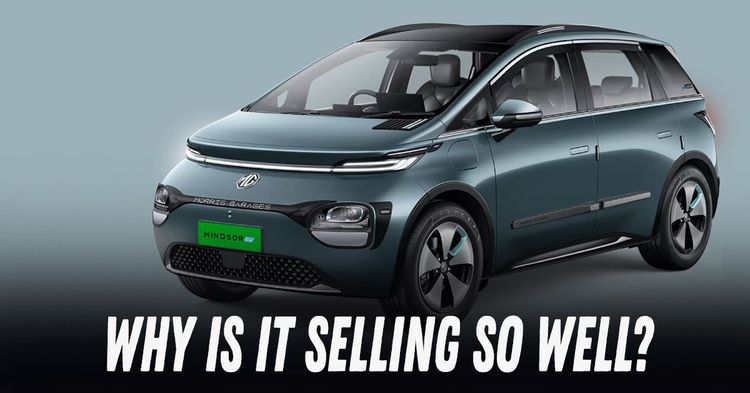

The electric vehicle landscape has seen a big shift, with one model standing out as a clear winner. The MG Windsor EV has grabbed attention and changed the game. It is now the fastest-selling electric vehicle in the country and has even outsold long-time leaders like the Tata Nexon EV.
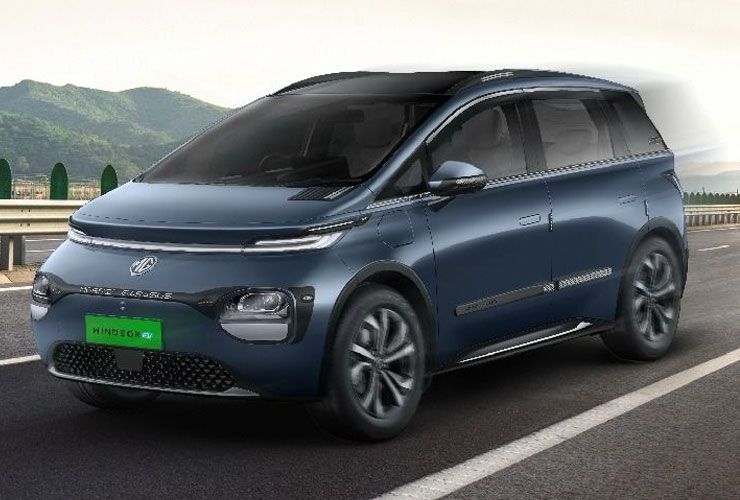
The Windsor EV’s rise has been fast. Since its launch in September 2024, the crossover has sold over 30,000 units in just nine months. It has been the top-selling EV for seven straight months. This is impressive because it managed to beat the Tata Nexon EV, which had led the market for years.
In its first five months, the Windsor EV sold 13,997 units. That is more than the combined sales of Tata's Nexon EV and Punch EV during the same time. By March 2025, JSW MG Motor had a 31 percent market share in the EV segment, behind only Tata Motors at 38 percent.
Nearly 48 percent of Windsor’s total sales came from non-metro markets. This shows that electric vehicles are no longer limited to big cities. Because of this wide appeal, MG’s EV market share grew from 14.12 percent in January 2024 to a peak of 41.29 percent in December 2024.
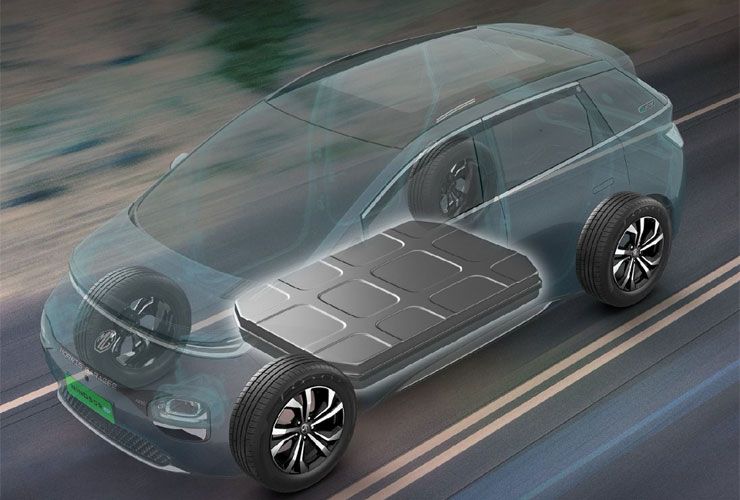
Windsor’s success started with smart pricing. MG introduced the Battery-as-a-Service (BaaS) model. This brought the entry price down to ₹9.99 lakh, making it similar to petrol SUVs. This model removes the high upfront cost that usually stops buyers from choosing EVs.
With BaaS, customers pay ₹3.5 per kilometre for battery use, with a minimum monthly use of 1,500 km. This means a monthly battery cost of ₹5,250, which is lower than what most people pay for fuel in petrol cars. Buyers who want to own the car and battery together can choose from variants priced between ₹13.99 lakh and ₹15.99 lakh. This makes it a strong competitor to the Tata Nexon EV, which starts at ₹12.49 lakh.
This pricing model has worked well because it deals directly with one of the biggest worries for EV buyers: high initial cost. By separating the battery price, MG has made EVs more affordable for many people who might have chosen petrol or diesel otherwise.
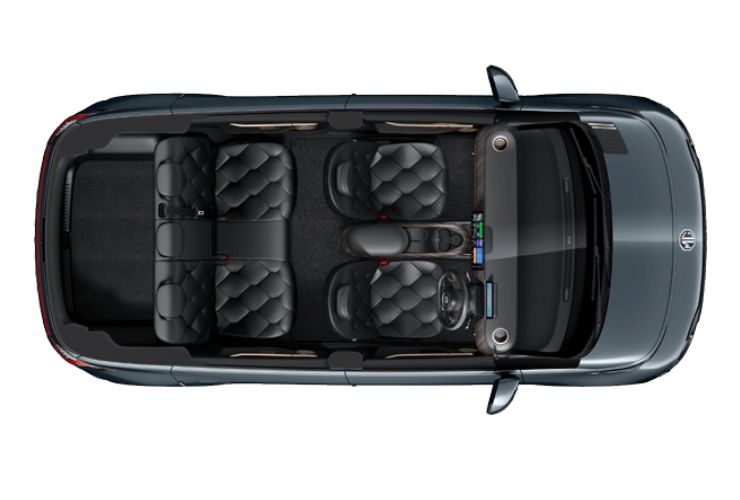
The Windsor EV’s interior is different from most compact EVs. It measures 4,295mm in length and has a wheelbase of 2,700mm. This gives it space similar to larger sedans. It has “Aero-Lounge” seats that can recline up to 135 degrees, giving passengers a business-class feel.
The rear seats are very comfortable, with plenty of legroom and headroom for tall passengers. The seats have quilted stitching, premium materials, and 256-colour ambient lighting that adds to the premium feel. It has a 604-litre boot, which is much bigger than the 350 litres offered by the Nexon EV.
What makes the Windsor special is the way it turns the back seat into a lounge-like space. The front passenger seat can fold flat, letting rear passengers stretch out fully. The large glass roof adds to the open and airy feel. This layout feels closer to an MPV than a budget EV.
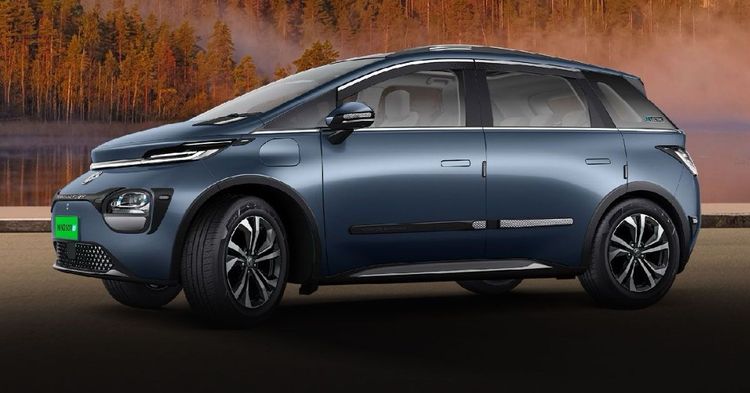
The Windsor EV offers a good mix of range and everyday use. The standard 38kWh battery gives a claimed range of 332 km. In real use, it gives about 250 to 280 km, which is enough for most city users who only need to charge it once a week.
For those who need to travel longer distances, MG offers the Pro variant. It has a 52.9kWh battery and a claimed range of 449 km. This version is better for highway use. It also comes with ADAS features to improve safety on long drives.
The Windsor supports 45kW DC fast charging. It can go from 0 to 80 percent in about 55 minutes. MG is also adding to its charging network. There are already over 1,000 fast-charging stations, with plans to increase to 1,500.
Tata EVs are popular but have had some issues. The Nexon EV, for example, has faced problems like the “D to N” fault where the car suddenly shifts from Drive to Neutral. Other issues include sudden drop in State of Charge (SOC), problems connecting to fast chargers, and software bugs.
Many Tata EV owners have reported multiple breakdowns within the first year. The “red light” error on chargers is another common complaint, often needing repeat visits to service centres.
The Windsor EV has had fewer problems. Some owners reported fast charging issues, but MG fixed them with updates to the Battery Management System. MG has also reached out to customers for updates, showing a better response system.
This stronger reliability is partly because the Windsor uses a newer platform and more stable components, like its LFP battery and permanent magnet motor.
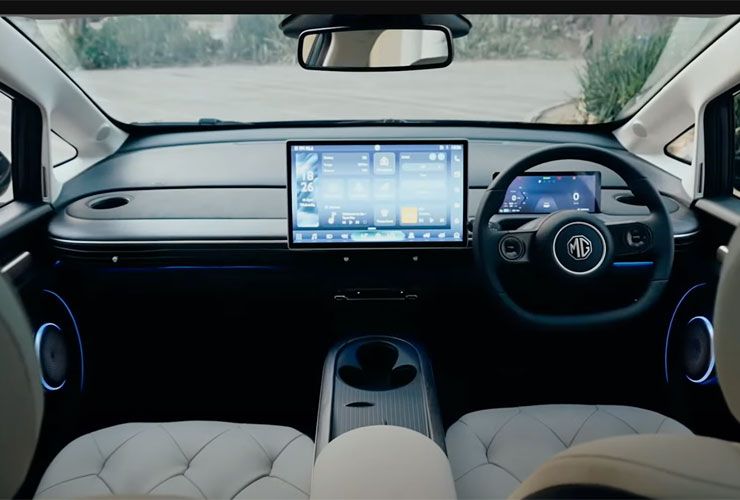
The Windsor EV has lots of tech to offer. The main highlight is a large 15.6-inch touchscreen that controls most features. It includes over 80 connected features through MG’s iSmart platform.
Other features include wireless charging, auto climate control, a quality sound system, and a 360-degree camera. While the camera resolution is not the best, it is still useful in city driving.
Safety is well covered, with six airbags standard in all variants, along with electronic stability control and different driving modes. The Pro variants come with ADAS features like lane keeping and adaptive cruise control.
The Windsor EV has changed the EV market. When it launched, Tata had 61 percent of the EV market and MG only 16 percent. Within months, MG reached 31 percent by March 2025.
The Windsor’s success has pushed rivals to rethink their own strategies. The BaaS model has made other companies look into new pricing and ownership options.
The Windsor has also shown that electric vehicles can do well in smaller cities. When a product has the right mix of price, comfort, and features, people are ready to switch to EVs, even outside metros.
The Windsor EV’s success is not just about good sales. It shows that people want electric cars that are practical, comfortable, reliable, and fairly priced. It has won over 30 industry awards and is India’s fastest-selling EV so far.
Thanks to Windsor, electric vehicles now make up more than 70 percent of MG’s sales. The brand has moved quickly from being petrol-dominated to mostly electric.
The Windsor’s journey gives a clear message. Buyers want smart pricing, good features, and stress-free ownership. MG has delivered on all three. That is why 3 out of every 5 MG cars sold in India today are Windsor EVs.